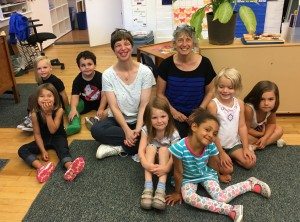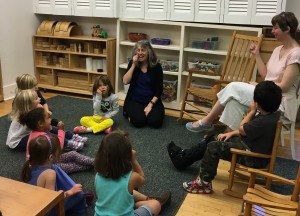I’m a list maker. And I tend to abbreviate a lot. Over the summer I found myself writing “SL” over and over. That made sense; I had just completed an online course offered by Nellie Edge that incorporated phonics, handwriting, and sign language. The SL on my lists was a reminder to me to practice the sign language alphabet before school started. This past month, however, a new “SL” started creeping in. This time it stood for Service Learning. Interestingly, the two SL’s have considerable overlap with one another this year.
Let me give a little background. Under the direction of history teacher Sarah Pitcher, eighth-grade students participate in a national project called the IWitness video challenge. According to Sarah, this challenge was “inspired by the 20th
anniversary of the movie Schindler’s List and is presented jointly by the SHOAH foundations and the University of Southern California. This project allows for introspection, proactive work in the community, as well as gaining a deeper understanding of the Holocaust and its far-reaching effects on world history.” Last year Shayna, an eighth-grader (and one that I had taught in Kindergarten!), asked if she could come weekly with her ASL tutor and teach the kindergartners sign language. I was delighted with her offer, and the students loved learning with her. Shayna also asked if she could film the class and use it in her iWitness video. To make a long story short, her video placed third nationally – a huge achievement and honor!
Fast forward to this year: Shayna’s video caught the eye of the director of Riverbrook, which is a home for developmentally-disabled women in Stockbridge. Riverbrook contacted BCD to see if one of their residents, a young woman both deaf and developmentally-disabled, could meet with Shayna and her tutor. As Shayna had graduated, the tutor no longer came to BCD, so the contact was passed to me. Over the summer I met the young woman, Carlina, who now comes twice monthly to our classroom, along with her interpreter, to teach us signs, sing stories, and sign/read books to us. It’s a learning experience for all of us, starting with bigger questions like, “What is communication? How do people communicate with each other? What are challenges that some people face?” And then more specific questions: “How do we “talk” to Carlina? How do we make her feel comfortable with us? How do we become friends?”
I wish you could see the class: the children have been so welcoming to her, and they’re so enthusiastic to learn new signs. I’m feeling my way through this very unusual project, but one thing is certain – in our classroom, SL and SL go hand in hand!
Andrea


